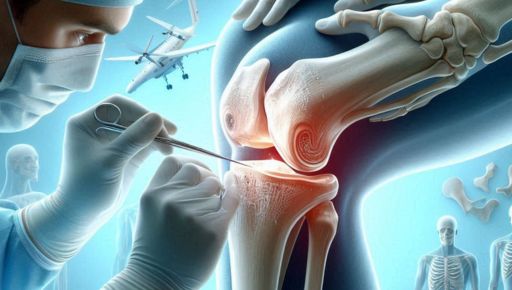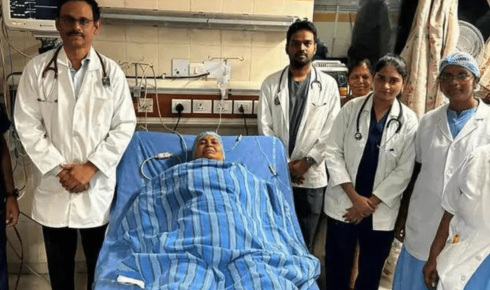Osteochondritis Dissecans is a joint condition that challenges many. It often affects younger individuals and athletes. Orthopedic surgeons play a crucial role in its management. They assess and treat this condition with precision. In some cases, procedures like meniscectomy Chula Vista may help. This condition requires careful attention to ensure effective recovery and long-term joint health.
Understanding Osteochondritis Dissecans
Osteochondritis Dissecans occurs when a small segment of bone begins to separate from its surrounding region due to a lack of blood flow. This can lead to pain and hinder joint movement. While it can manifest in various joints, it’s most commonly found in the knee. Early detection is key to preventing more severe complications.
Symptoms and Diagnosis
Recognizing the signs of Osteochondritis Dissecans is vital for timely intervention. Common symptoms include:
- Joint pain during physical activity
- Swelling and tenderness
- Locking of the joint
Orthopedic surgeons utilize several methods to diagnose the condition. Physical examination and imaging tests like X-rays or MRIs help confirm the presence and severity of the condition.
Treatment Approaches
Treatment varies depending on the severity and age of the patient. Here are three primary approaches:
- Non-Surgical: Rest and physical therapy is often recommended for younger patients with less severe cases.
- Surgical: More severe cases may require surgery to remove or reattach the fragment. Procedures like knee arthroscopy can provide relief.
- Follow-Up Care: After treatment, routine care is crucial to recovery. This includes regular check-ups and tailored exercise plans.
Comparing Non-Surgical and Surgical Treatments
| Treatment Type | Best For | Benefits | Considerations |
| Non-Surgical | Younger patients, mild cases | No surgery risks, natural healing | Longer recovery time |
| Surgical | Severe cases, older patients | Quick relief, direct correction | Surgical risks, rehabilitation needed |
The Role of Orthopedic Surgeons
Orthopedic surgeons bring expertise and experience to managing Osteochondritis Dissecans. They evaluate each case to determine the best course of action. Their goal is not only to alleviate pain but also to restore full function to the affected joint.
Importance of Follow-Up Care
After initial treatment, consistent follow-up is essential. It helps monitor the healing process and prevents future complications. Surgeons often recommend personalized exercise regimens and lifestyle adjustments to support recovery.
Historical Perspective
Historically, joint conditions have challenged humans for centuries. Advances in orthopedic medicine have dramatically improved outcomes. From Hippocrates to modern surgeons, the journey reflects a commitment to enhancing joint health and mobility.
Conclusion
Osteochondritis Dissecans requires precise management. With the right approach, patients can look forward to pain relief and restored movement. Orthopedic surgeons provide the expertise needed to navigate this journey successfully, ensuring each individual’s joint health is prioritized.




